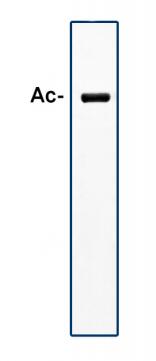Turkey Protein
🧪 a-Actinin-855C
Source: Turkey Smooth muscle
Species: Turkey
Tag: Non
Conjugation:
Protein Length:

🧪 FLNA-873T
Source: Turkey gizzard muscle
Species: Turkey
Tag: Non
Conjugation:
Protein Length:

🧪 TLN1-890T
Source: Turkey Smooth muscle
Species: Turkey
Tag: Non
Conjugation:
Protein Length:

🧪 VCL-899T
Source: Turkey Smooth muscle
Species: Turkey
Tag: Non
Conjugation:
Protein Length:

🧪 VCL tail-900T
Source: Turkey Smooth muscle
Species: Turkey
Tag: Non
Conjugation:
Protein Length:



